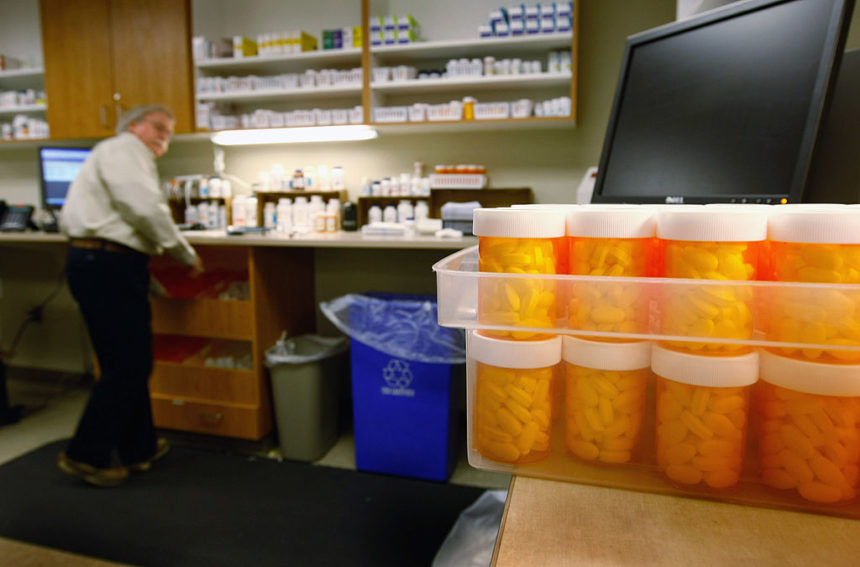Generic drugs and biosimilars were designed to be lower-cost versions of brand-name medications and they’ve certainly served their purpose, according to a recent report out of the Association for Accessible Medicines.
In total, generics and biosimilars saved the healthcare system $373 billion in 2021, an increase of about $33 billion from 2020, the report found. Over the last decade, generics and biosimilars saved more than $2.6 trillion.
While the average brand name copay is more than $56, the average generic copay is just around $6, the report found. Across the board, most generic prices are that low: 93% have a copay under $20.
Generic drugs are developed with the same ingredients, efficacy, purity and safety levels as brand name drugs with the goal of reducing drug prices for patients.
Meanwhile, biosimilars follow essentially the same concept but as it relates to biologic drugs, they are complex medications that come from living sources like humans or bacteria and may contain DNA, cells or tissues.
In particular, biosimilars like Yusimry, the cheaper version of Humira, reduce spending on autoimmune diseases. Other biosimilars have also reduced spending on cancer treatments.
Even though these types of lower-cost drugs make up 91% of prescriptions in the U.S., they only account for 18.2% of spending on medicine. It’s a trend that’s been happening for the last several years, with brand drug prices continuing to rise year after year.
But even as brand drug prices increase, the biosimilar market is expected to continue growing. Currently, there are 39 biosimilars approved by the Food and Drug Administration and biosimilar development programs have grown nearly 50% in the last four years, with more than 95 of them in the works.
Despite the growth, AAM CEO Dan Leonard noted that these savings could be “increasingly at risk” without stronger policies at the federal level to solidify generics and biosimilars in the market.
“Today, as a result of pervasive profit-seeking middlemen, such as pharmacy benefit managers, patients often pay more than they should for generics or are even prevented entirely from receiving lower-cost generics and biosimilars,” Leonard wrote. “This is in addition to ongoing brand patent abuses that can delay patient access to new generics and biosimilars.”
Leonard also urged policymakers to “address these challenges and ensure patient access to more affordable generic and biosimilar medications.”







